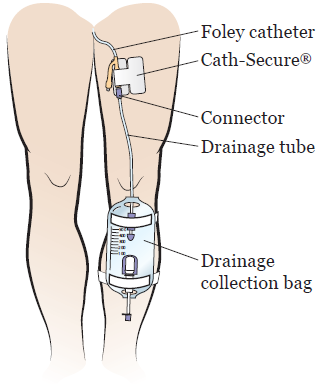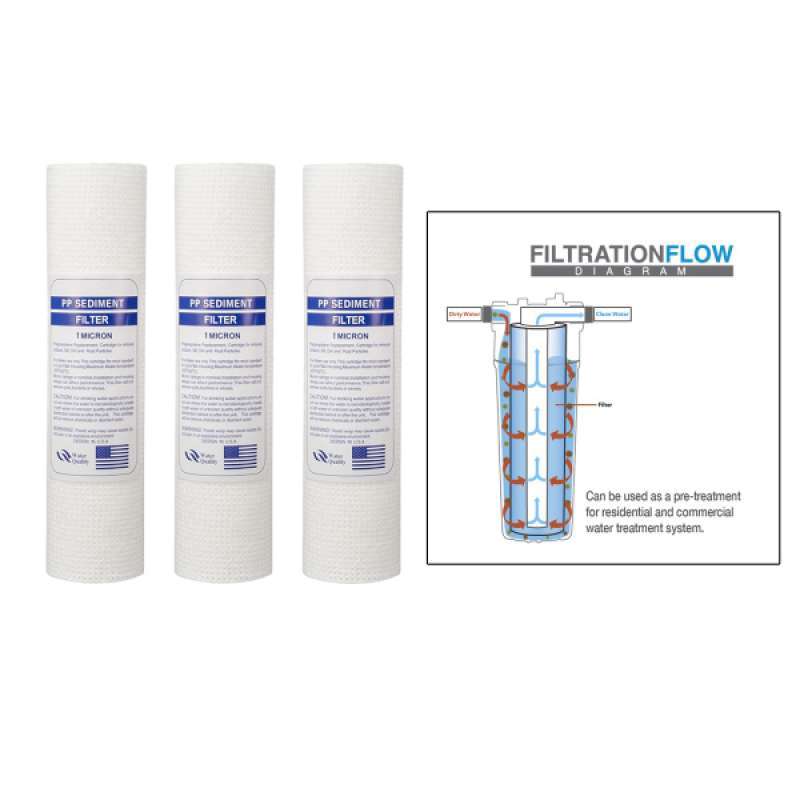Fever rigors cloudy urine hematuria blood in urine catheter blockage or bladder spasms. These obstructions often begin as a small obstruction and can develop fully to a complete blockage.
 Caring For Your Urinary Foley Catheter Memorial Sloan Kettering Cancer Center
Caring For Your Urinary Foley Catheter Memorial Sloan Kettering Cancer Center
This helps prevent pain and bladder spasms.

How to change a catheter. Wait for urine to flow through the catheter into the container. Then put lubricant on the end of the new catheter. Make sure you stay well hydrated you should aim to drink enough fluids so that your urine stays a pale colour.
Insert the tip in the catheter tube. Check the tape or strap used to. Put lubricant in the stoma.
Secure the catheter itself to your leg with tape. Let your hands dry completely before you start to change the catheter. To change a Foley catheter follow these steps.
Save this tip to use later when you change back. Wash your hands with warm soap and water for at least 30 seconds. Clean the tip with an alcohol pad wiping away from the opening to avoid getting the tube dirty.
Essentially cheaper catheters need to be replaced more frequently than high end catheters. Funnel this solution into your bag and seal your bag off. Healthcare providers will show you how to use medical tape or a strap to secure the catheter tube to your body.
Please refer to the printed materials given to you by your nurse for more information about how to care for your. This video demonstrates how to change your urinary Foley catheter drainage bag a plastic bag that collects your urineThe video describes the supplies you will need to clean and change your bag. Remove the protective coating from the tip of the leg bag drainage tube.
Infections These are particularly common for patients who undergo catheterization for more than 30 days. Mix a solution of 1 part white vinegar with 3 parts warm water. Do not use hand sanitizer if your hands are soiled.
Keep a closed drainage system. The video describes the supplies you will need to clean and change your bag. You may use a hand sanitizer if your hands are already clean.
Prevent problems with your catheter and drainage bag. Check for kinks in the tubing and straighten them out. Please refer to the printed materials given to you by your nurse for more information about how to care for your Foley catheter drainage bag.
Let your bag soak for 20 minutes. It also shows how to attach it firmly to your leg with a Cath-Secure device. Catheter blockages often form from a buildup of minerals salts and crystalline deposits which can block the eye holes of the catheter and prevent urine from draining from the bladder.
Wash your hands with soap and warm water before and after touching your catheter equipment. Fasten the straps of the leg bag to your thigh. Soak your catheter bag with vinegar diluted in water.
Drink liquids as directed. It also shows how to attach it firmly to your leg with a Cath-Secure device. Put the new catheter into the stoma up to the same point that the old catheter went into the body.
Place a towel under the connection between the catheter and the bag then pinch off the soft rubber catheter tube so that urine doesnt leak out. Ask your healthcare provider how much liquid to drink each day and which liquids are best for you. Your catheter should always be attached to the drainage bag to form a closed system.
Secure the catheter tube so you do not pull or move the catheter. Wash the skin in the area where the catheter enters your body with mild soap and water every day. Disconnect the urinary catheter tube from the current bag with a twisting motion.
Use soap and water instead. Keep pinching the soft rubber tube the catheter tube so that urine does not leak out. The IDSA Hooton et al 2010 recommends that catheters be changed prior to the collection of a urine specimen for a suspected catheter-associated urinary tract infection CAUTI if the IUC has been in place for 2 weeks or longer at the onset of the CAUTI and the IUC is still needed.
Liquids will help flush.












